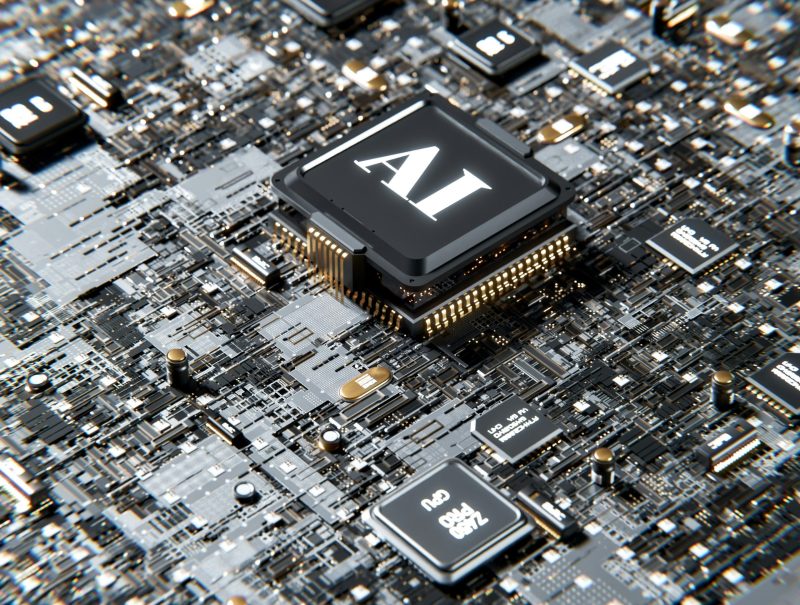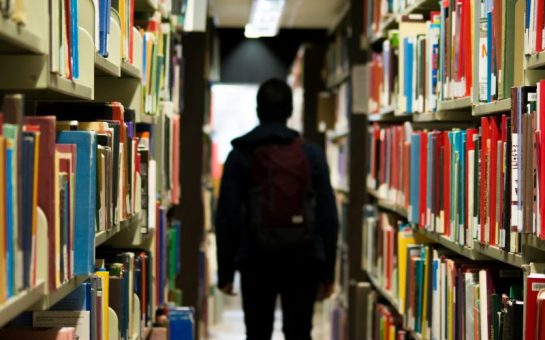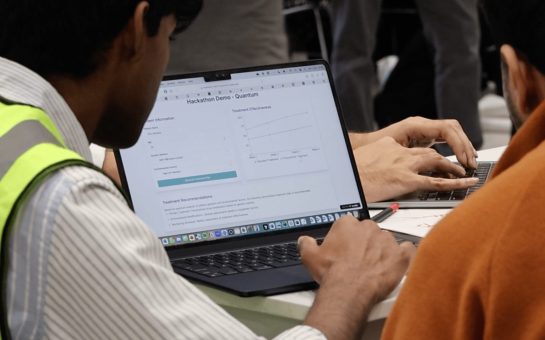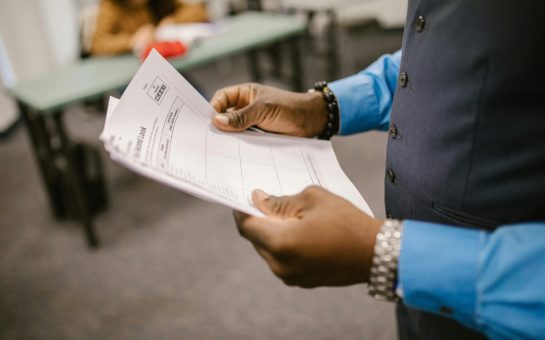AI is already being integrated into the future of school learning and teaching methods up and down the country.
In 2019, the Department for Education announced a £10 million investment in EdTech innovation, including Artificial Intelligence to support schools in adopting new technologies.
It aimed to modernise education, reduce teacher workload, personalise learning, and support Special Educational Needs (SEN) students by integrating AI and advanced machine learning tools in schools.
Chris Ship, 36, teacher and department leader at Collis Primary School in Teddington explained the key problems: “One of the biggest issues that schools are facing is SEN provision and a retention crisis.
“If it can provide good outcomes for children, I think that’s an incredible possibility.”
In a blog on the Department for Education’s (DfE) website, AI is described as potentially cutting down teacher’s workload by providing teachers with a virtual assistant.
Ship explained: “I use AI to support my planning and to make resources for the children, like if we’re doing a text, I might copy some text into Chat GPT and simplify it down by three year groups.
“It makes it easier for the children who are less able, who are working behind the expected standard.
“I think at this level for teachers using it, it’s got the potential to be a humongous time saver.”
The Department of Education makes a point of stressing that teachers are not replaceable, but some of their tasks could potentially be replaced by AI.
Hatty Symington, 33, teacher at CLIP, an international school in Porto said: “Nonfiction texts and information reports are quite time consuming, collating all the information and making it appropriate for your individual class.
“So if you were able to do that with AI, that would save you so much time.”
As AI becomes more widely used in the classroom, data privacy and security are just two potential risks, and the UK’s Information Commissioner’s Office (ICO) highlighted the importance of protecting personal data in educational settings in 2021.
Symington said: “You have to make sure you know exactly what you’re doing before showing it to the kids because you don’t want something inappropriate to come up.
“I guess we would just check and make sure that there’s no safeguarding issues or anything inappropriate before you give it to the children.”
The Department of Education recognises that an unplanned or unstructured use of AI in the classroom could cause concerns about misusing machine learning.
“I can understand that people are uneasy about it,” Ship said.
“They think it’s cheating or think if you haven’t put all the thought into it yourself, then you’re somehow doing the children a disservice, which I think is nonsense.
“It can’t be creative, it can’t have good ideas but if you have a good idea, you can get it to support you and tailor things in a really simple, straightforward, and more importantly, fast way.”
A study from last year by the DfE saw 25% more primary and secondary teachers using generative AI in their lessons.
James Stiles, 33, a creative arts department technician, understands the potential efficiencies and time-savings for already overstretched teachers, but is less sure about how it should be introduced to students.
He said: “I think if there’s any tech savvy teachers out there in the UK, absolutely use AI to help you design lessons or streamline classroom management.”
Stiles believes it’s a powerful tool that doesn’t take away from the essence of education, as long as the teachers are engaging and putting in their best effort.
He said: “Like it or not, we will all end up adopting AI, in some shape or form.”
Image source: Photo by Igor Omilaev on Unsplash





